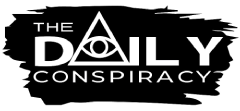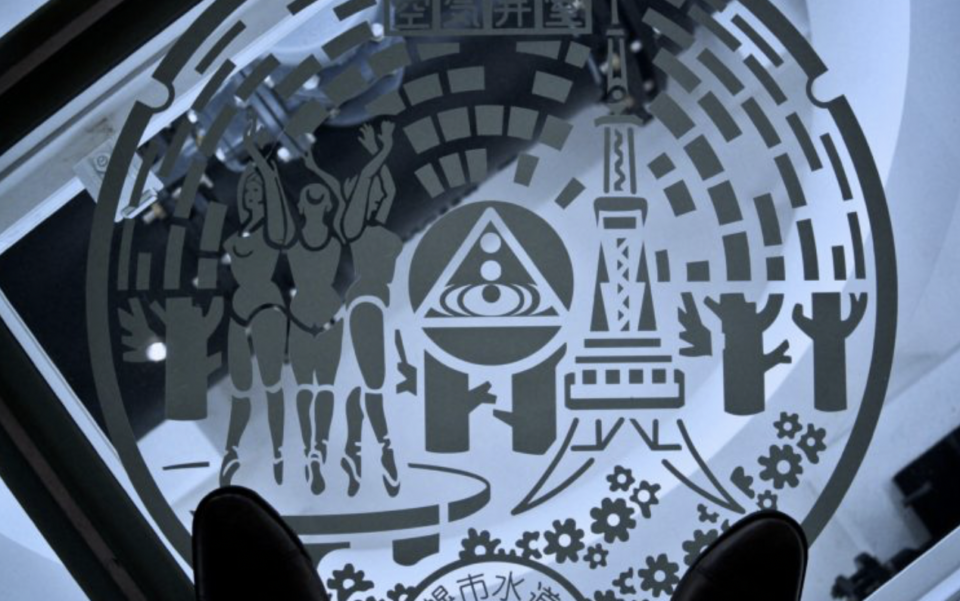The Illuminati Conspiracy has evolved into a hub for various other conspiracy theories, spawning numerous offshoots and divergent beliefs. Given its multifaceted nature, it’s challenging to provide an accurate summary of what it truly encompasses. Broadly acknowledged is the establishment of an organization named the Illuminati in 1776 by Adam Weischaupt. Its initial aims were noble—to combat injustice, oppose abuse of State power, and challenge religious influence over public life. However, accusations about this secretive society’s operations have proliferated over time.
Swiftly outlawed by the Bavarian ruler, encouraged by the Catholic Church, the Illuminati Conspiracy Theories revolve around a core theme—an elitist group seeking to manipulate and control populations, resources (such as media, education, and finance), and exert near-total influence over church and state.
The concept of a “New World Order” encapsulates the modern efforts of the 21st-century Illuminati. It depicts a totalitarian global governance system where all resources are under their control—a unified world with centralized government, currency, laws, education, and media. Centralization facilitates easier population control through uniformity and standardized conditioning.
Conversely, decentralization stands in opposition to the New World Order/Illuminati plans. It asserts that controlling numerous sovereign states is impractical, as quashing rebellions would be an endless cycle. Efforts to erode national identities under the guise of unity could lead to subservience.
Financial control is another facet tied closely to the Illuminati Conspiracy. The belief is that bankers enslave the world through debt, manipulating economies to profit from lending money that doesn’t truly exist. This creates indebtedness, enabling banks to reap benefits during economic downturns. Figures like Thomas Jefferson have expressed concerns about the dangers posed by banking institutions.
Identifying Illuminati members remains a murky area, with various celebrities, financiers, and politicians speculated to be part of this secretive group. Claims often hinge on alleged symbolism associated with the Illuminati. However, distinguishing actual elites from front-facing individuals is complex, suggesting the presence of another layer within conspiracy theories—a distractionary Illuminati versus the true, concealed powerbrokers.
The roster of the “real” Illuminati families consists of names like Rothschilds, Rockefellers, Astors, Bundys, and others. These families, often associated with immense wealth, have historical ties to various industries, banking, politics, and occult practices.
Further, the Bilderberg Group, an assembly of influential elites discussing global affairs, is often linked to Illuminati notions. The secretive nature of their meetings, attended by prominent figures from diverse spheres, has led to speculation about ulterior motives, including population control and transhumanist agendas.
Despite the skepticism surrounding these theories, the convergence of powerful individuals behind closed doors discussing global matters does raise questions about potential conflicts of interest.
In essence, the Illuminati Conspiracy is a web of interconnected theories, comprising control, financial manipulation, occult ties, and the influence of elite families. Its complexity and speculative nature make it a fertile ground for diverse beliefs and conjectures, forming a labyrinthine narrative that continues to captivate and intrigue many.

